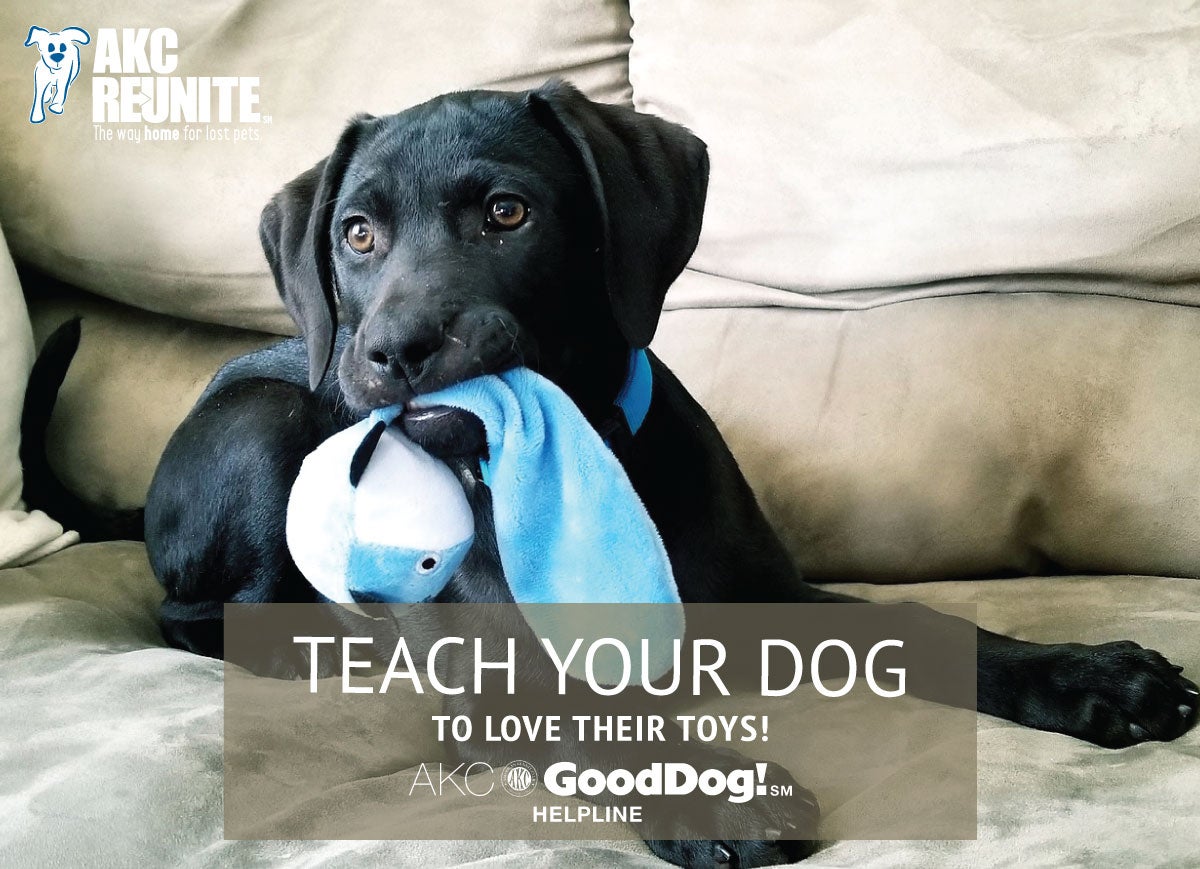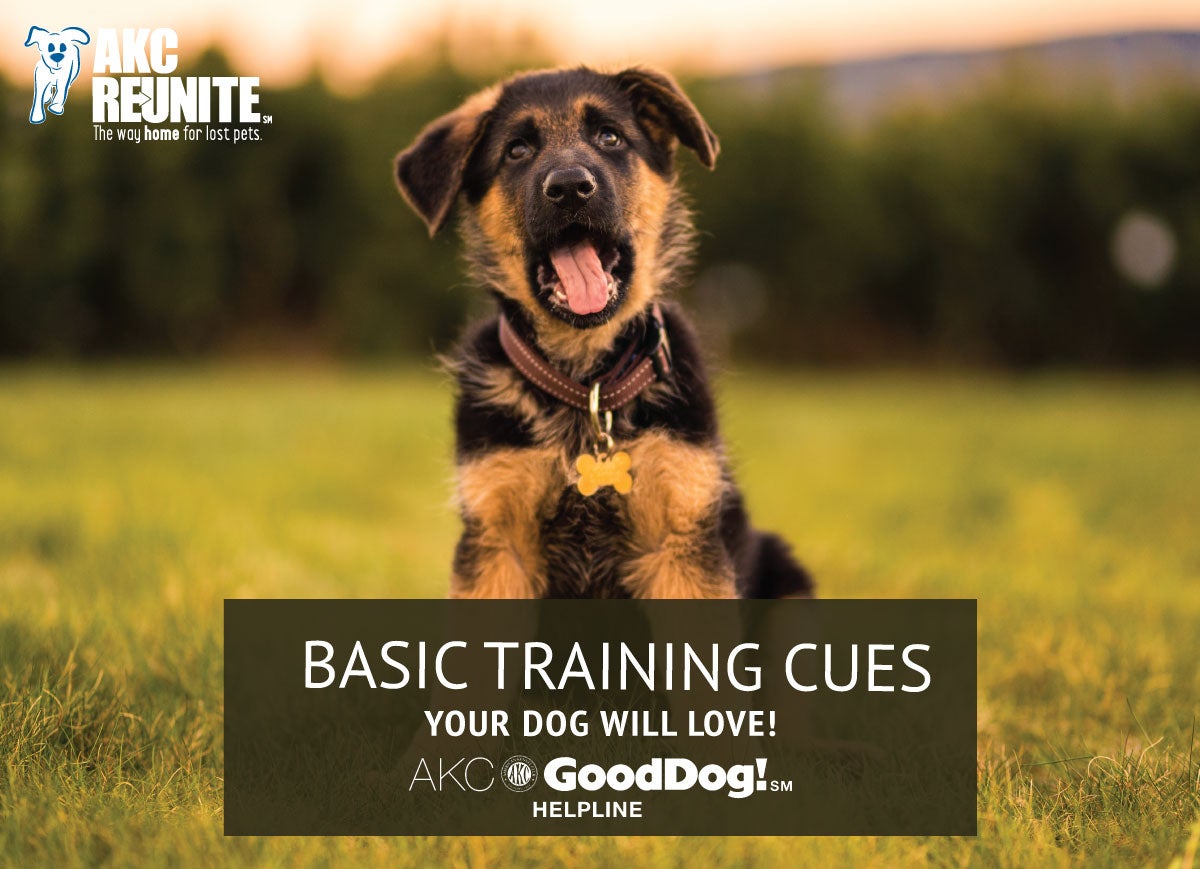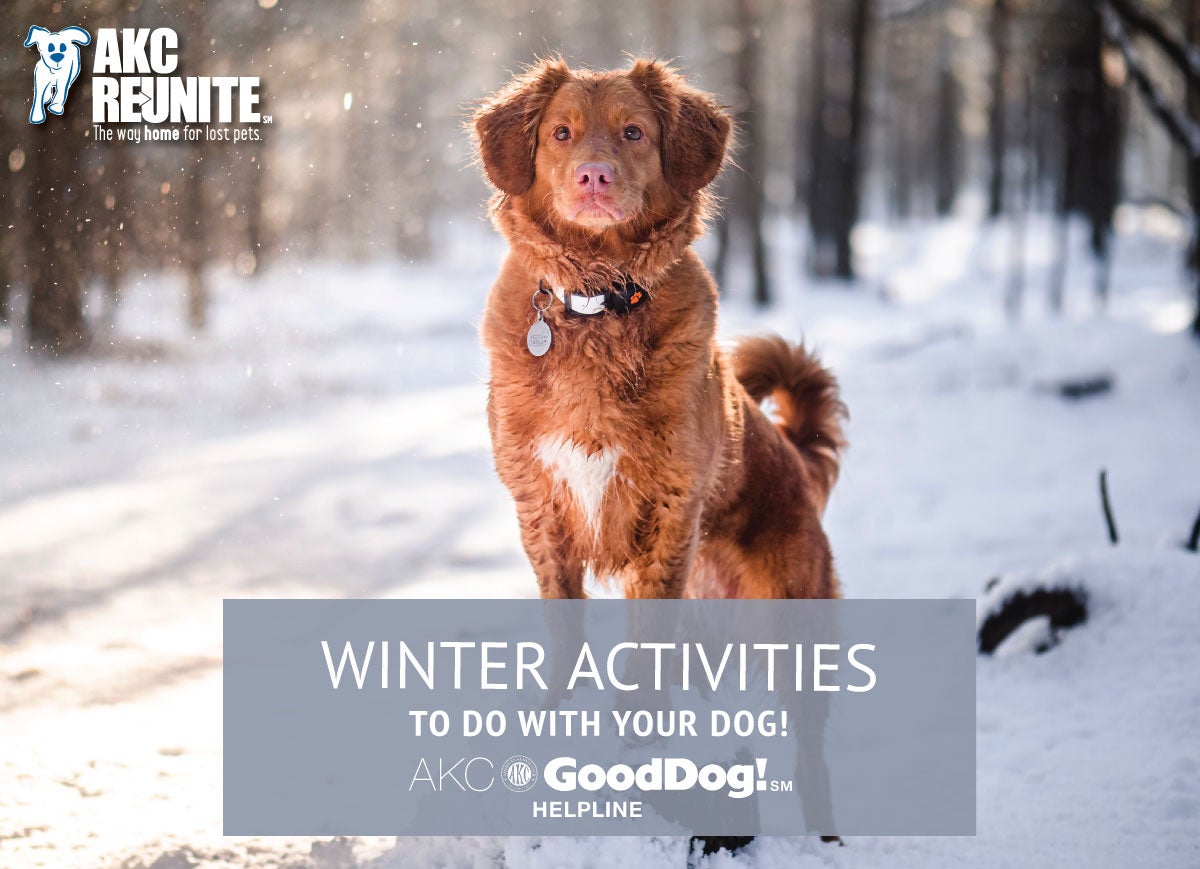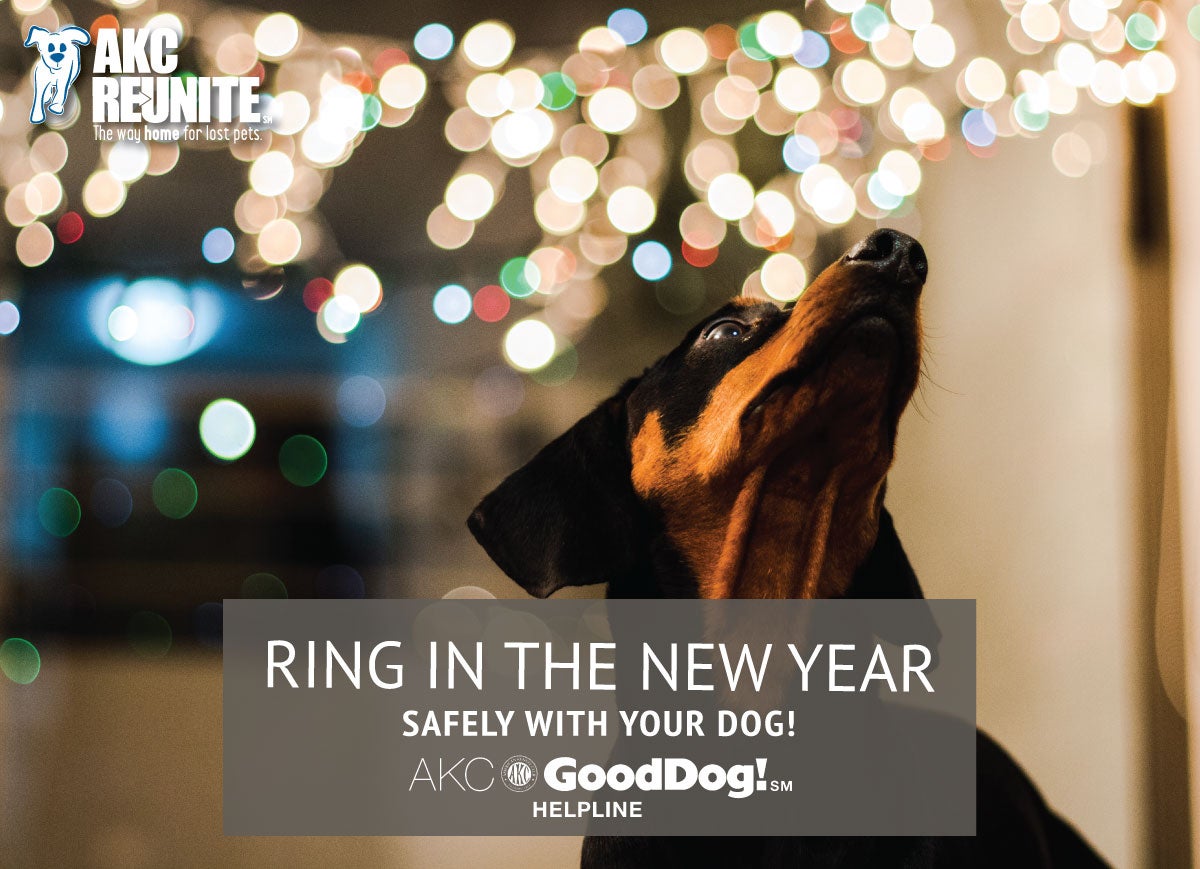Teach Dogs to Love Their Toys
Brought to you by the AKC GoodDog! Helpline — the AKC’s 7-day-a-week training support service
By Hilarie Erb, AKC GoodDog! Helpline Trainer
Most dogs and puppies love toys, but some are completely uninterested in them. How frustrating to us humans! Dogs are supposed to love playing with toys, especially since there are so many to choose from!
So, why wouldn’t a dog like it’s toys? Every dog is different, but a few reasons might be:
- Rescue dogs may never have had the chance to play with toys or had social interaction with other puppies and toys.
- Instinct plays a role in toy drive. Most retriever breeds like to fetch toys. Most terriers and hounds love to play tug — but retrieving, not so much.
- Toys are more fun when there is someone to play with! Many homes are strewn with dozens of toys, but without an owner providing attention, their interest in toys may subside.
How do you teach an uninterested dog that toys are worthwhile?
Start with lots of small treats that your dog can’t resist. Show a toy to your dog by setting it on the floor in front of her — ideally, using a new toy that she has not seen before. If she even just looks at the toy, call her to it and use the command “treat” while you mark it with a treat! Next time wait for her to sniff the toy and again, mark and say “treat.” You are rewarding any interaction with the toy and asking for a little more proactive interaction each time to associate with a treat. The goal is to get the dog to eventually pick up the toy because she now knows its value. Then, put the toy away when finished until you are ready to positively interact with your pup and the toy together.
When your dog begins to enjoy the toys and playing with you, stop the game while he still wants more. This way, he’s not too tired to keep going. By stopping at a high point and putting the toy away your dog will know play time is over.
It is also important to keep your pet’s toys picked up. When the floor is littered with them, they become boring and not special at all. You can leave out a few of them, but switch the toys out every few days. It is also best to keep favorite toys hidden – only to be used when you are playing together. This makes both you and the toy extra fun to be around.
What do dogs look for in toys?
With some toys, color might be a factor. Humans think of red as a happy, playful color but dogs cannot see the color red at all! However, dogs can see blue and yellow, so blue and yellow toys are a much better choice! (Read Are Dogs Color Blind? Side-by-Side Views for more on how dogs see.)
Most dogs also love plush fuzzy toys. Though they may look more like their real prey, it is likely the texture that is appealing to their natural hunting instincts.
Interactive toys are exciting for dogs, and it’s fun for us to watch dogs enjoy them. Mental stimulation can be just as tiring to a dog as physical exercise, and these types of toys can provide indoor entertainment when the weather is bad, too. The food dispensing toys (which can also be used for meals) are sturdy enough for most any dog to enjoy with little supervision, but you should watch them closely in the beginning and always take the toy away when the food is gone. Doggy puzzle toys come in varying degrees of difficulty, so start with easier ones and work up to the more challenging ones — supervising their progress and praise their success as they figure out their puzzle.
Toys designed for chewing are best for dogs when they are quiet and entertaining themselves. When it’s time to settle down for a nap in the crate, a bully stick or other chew bone will do the trick.
Bottom line, toys alone cannot replace time spent with you! But there are many ways they can occupy and entertain your pup, while enhancing your playtime together!
For more tips and advice on training your dog, join the AKC GoodDog! Helpline, a seven-day-a-week telephone support service staffed by experienced dog trainers: www.akcgooddoghelpline.org.
RELATED POSTS
Basic Training Cues Your Dog Will Love
A good relationship with your puppy doesn’t just happen overnight, but it’s easy to build one with simple cues and positive reinforcement training!
Winter Activities to do with your Dog!
Unless you live in a year-round mild climate, you and your dog can get stir-crazy during cold, snowy, or wet winter weather conditions. That's why we've compiled a list of winter activities you can do with your best friend!
Ring in a Happy and Safe New Year with your Dog
Start the new year off with a celebration and some resolutions that will make the party — and the coming year — safe for your dog!





